Rode K2 Variable Pattern Dual 1″ Condenser Valve Microphone
₱46,515.00
Rode K2 Key Features
- Large 1″ capsule with gold sputtered diaphragm and internal shock mounting
- Ultra low noise
- Wide dynamic range
- Class ‘A’ valve circuitry
- Hand-selected and graded 6922 twin-triode valve
- Dedicated Power Supply
- High strength welded and heat-treated steel mesh head
- Continuously variable polar patterns. From omni, through cardioid to figure 8, controlled at the power supply.
The Rode K2 Variable Pattern Dual 1″ Condenser Valve Microphone is a premium valve condenser microphone featuring dual 1” gold sputtered diaphragms. Infinitely variable control of the polar pattern from omnidirectional through cardioid and bidirectional/figure-8 provides the freedom and flexibility to excel in any recording situation.
COMPATIBLE ACCESSORIES
- RM2 Ring-Mount Microphone Stand
- SM2 Microphone Shock Mount
- SM6 Shock Mount with Detachable Pop Filter
- RC2 Rugged Microphone Case
- WS2 Pop Filter/Wind Shield
- ZP1 Padded Zip Pouch
- SMR Premium shock mount with Rycote onboard
- Stereo Bar 20cm stereo array spacing bar
Rode K2 Variable Pattern Dual 1″ Condenser Valve Microphone
The Rode K2 Variable Pattern Dual 1″ Condenser Valve Microphone is a premium valve condenser microphone featuring dual 1” gold sputtered diaphragms. Infinitely variable control of the polar pattern from omnidirectional through cardioid and bidirectional/figure-8 provides the freedom and flexibility to excel in any recording situation.
High-performance specifications (including a maximum SPL of 162dB) are combined with the character and subtleties of the legendary mics of the 1950s to provide a microphone that not only provides world-class vocals but is perfectly at home recording a wide range of instruments both up-close or in a wider ‘room’ capacity.
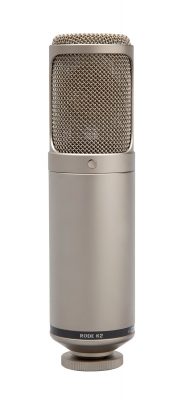
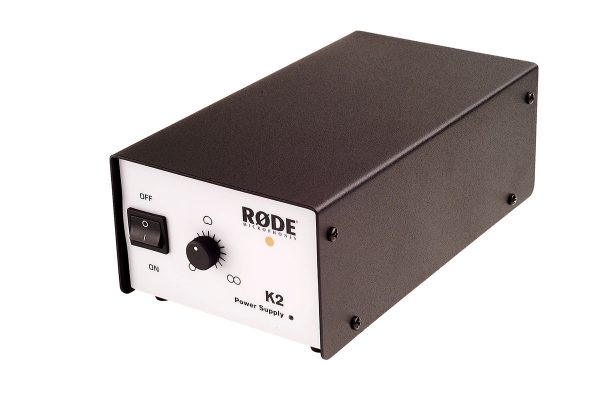
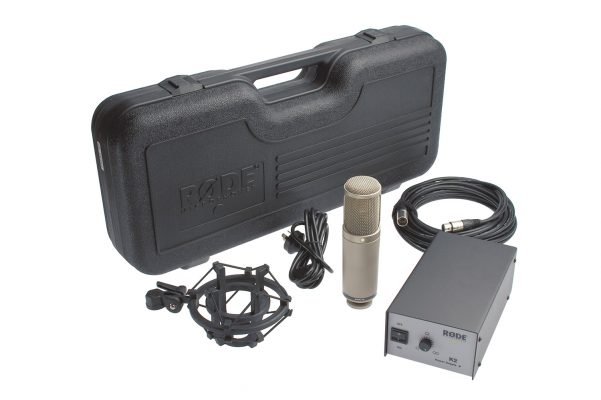
Rode K2 Key Features
- Large 1″ capsule with gold sputtered diaphragm and internal shock mounting
- Ultra low noise
- Wide dynamic range
- Class ‘A’ valve circuitry
- Hand-selected and graded 6922 twin-triode valve
- Dedicated Power Supply
- High strength welded and heat-treated steel mesh head
- Continuously variable polar patterns. From omni, through cardioid to figure 8, controlled at the power supply.
IN THE BOX:
- K2 Variable Pattern Dual 1″ Condenser Valve Microphone
- SM2 Microphone Shock Mount
- RC2 Rugged Microphone Case
K2 SPECIFICATIONS
| Acoustic Principle | Pressure Gradient |
| Active Electronics | Valve/tube impedance converter with bipolar output buffer |
| Capsule | 1.00″ |
| Polar Pattern | |
| Address Type | Side |
| Frequency Range | 20Hz – 20kHz |
| Output Impedance | 200Ω |
| Maximum SPL | 162dBSPL |
| Maximum Output Level | 30.0mV (@ 1kHz, 1% THD into 1KΩ load) |
| Sensitivity | -36.0dB re 1 Volt/Pascal (16.00mV @ 94 dB SPL) +/- 2 dB @ 1kHz |
| Equivalent Noise Level (A-weighted) | 10dBA |
| Power Options |  |
| Weight | 815.00g |
| Dimensions | 208.00mmH x 55.00mmW x 55.00mmD |
| Output |  |
K2
EC Certificate of Conformity
FAQS
Can I change the valve in my microphone myself?
- It is recommended to have this done by your nearest authorized RØDE service centre, however if you wish to do this yourself you must be very careful not to injure yourself. Ensure the microphone is not powered, and that you are grounded before touching any circuitry.
Will phantom power damage my microphone power supply unit (PSU)?
- No, whilst these power supplies do not require phantom power, they are built to cope with being fed phantom power and this will not damage the equipment. It is however advised that where possible, to turn off phantom power when not in use.
Is the 7 pin cable between the PSU and the K2/NTK mic a standard cable or is it unique to RØDE?
- The cable between the K2 microphone and the K2 power supply uses a standard 7 pin XLR connection. Whilst not widely available, any good professional audio shop should be able to get hold of the parts to make one for you. The cable is pin to pin.Please be aware that you should only use good quality cable and connectors for connection between the PSU and the mic. Replacement cables are available from RØDE through our chain of distributors, RØDE can only supply the cable in a standard 10m length.
What tubes do you use in your microphones?
- The tubes we use in our microphones have been selected to give our customers the best performance possible with our designs. Low noise, sound quality and of course long life are taken into consideration with every design and subsequent tube selection.The tubes are purchased in bulk from various manufacturers which we then subject every tube to a series of tests that start with a ‘burn in’ period that will result in those tubes that do not meet our high tolerances being rejected. We test for noise, microphonics and output.
These tubes have a very long working life and in many cases we have found RØDE tube microphones that have been used for over 10 years that still meet full specifications.
RØDE Tube Mics,Tube (graded and selected for low noise)
- RØDE NTV – ECC81
- RØDE NTK – 6922
- RØDE K2 – 6922
- RØDE Classic – GE JAN 6072
- RØDE Classic II – GE JAN 6072
Are NOS (New Old Stock) tubes better than current production?
- That depends on the tube. It could be a low-quality old tube!Do some research on the tube sites and you will start to get an idea of what is good and what is just ‘smoke and mirrors’. There is quite a lot of mythology surrounding tubes with wild claims being made. The reality is that tube technology was at its peak in the 50&60’s and so it stands to reason that the manufacturers of that time did have some mature technology, and so produced high-quality, high-tolerance devices.
When transistors started to take over, the demand for premium and high specification tubes started to decline to the point where none of the high end producers in the US, Germany or UK were viable and so their production ceased. Tubes continued to be made in Russia and other ‘soviet block’ countries, and of course China – in many instances these were for military applications. These factories have been at the forefront of the current tube supply, but it must be remembered that other than the audio industry, there is no need for tubes today and that is why the brands such as Telefunken, GE, Sylvania, Mullard etc are not in the game anymore.
How will you know what to buy? There are many web sites and vendors for NOS tubes and they supply lots of information. If you have the time, start reading and you will begin to see a pattern where certain old brands and styles keep being mentioned. That is a good guide.
The prices are rising because of rarity, but modern production for certain tubes such as the ones we currently use in our microphones is certainly equal to anything from the past. It comes down to knowing how to select and test, and of course grading them accordingly. It is fun to experiment, so go ahead, but please ensure you don’t use tubes not designed for the circuit, or the results will not only disappoint, but you could also damage your microphone.
How would changing the tube in my RØDE microphone change the characteristics of my microphone?
- This is a complex question, which depends on many factors. The tubes we use are of very high quality and have been selected to be the optimum choice for our designs. There are many NOS (new old stock) tubes on the market that in some cases can change the tonal, noise and distortion characteristics of your microphone.While you may be happy with the result, you may also be disappointed and find the tube that came with the microphone sounds better. To find out, you will need to experiment and that can be expensive but of course the choice is yours if you wish to experiment.
We choose our tube type carefully to allow us to have enough stock to manufacture in the quantites required to satisfy our customers whilst keeping the mic characteristics constant and to ensure support for the product for many years to come.
What is ‘microphonics’ in a tube?
- All tubes are microphonic to a certain degree. That means if you tap them when in circuit you will hear that sound in your signal. Some are much worse than others, and can cause problems when they are modulated by vibration, or in extreme cases even by the sound you are recording!How do you get a low-microphonic tube? Order one with that specification. It will have been tested, with many rejected from a batch. On average RØDE fail 20% of all tubes, this ensures that the ones we do use will be low-noise and low-microphonic.
Can I purchase the power supply for my mic seperately?
- RØDE Valve mics are sold complete with a power supply and connecting power cable. The power supplies can be repaired or replaced under warranty if faulty, but are not available for individual purchase.For repairs in your country please contact your local distributor using our technical support page.
Where can I buy replacement tubes for my RØDE microphone?
- All available replacement tubes can be purchased by contacting your nearest authorised service agent / distributor, using our WHERE TO BUY tab at the top of this page.
Can I order a custom mic cable?
- Unfortunatly RØDE can only supply replacment cables in a standard 10m length. However these cables can be modified by any competent audio service technician.
Where can I find more information on tubes?
- We recommend the following sites as a starting reference:http://www.tubedepot.com
COMPATIBLE ACCESSORIES
- RM2 Ring-Mount Microphone Stand
- SM2 Microphone Shock Mount
- SM6 Shock Mount with Detachable Pop Filter
- RC2 Rugged Microphone Case
- WS2 Pop Filter/Wind Shield
- ZP1 Padded Zip Pouch
- SMR Premium shock mount with Rycote onboard
- Stereo Bar 20cm stereo array spacing bar
Be the first to review “Rode K2 Variable Pattern Dual 1″ Condenser Valve Microphone” Cancel reply
Related products
Audio



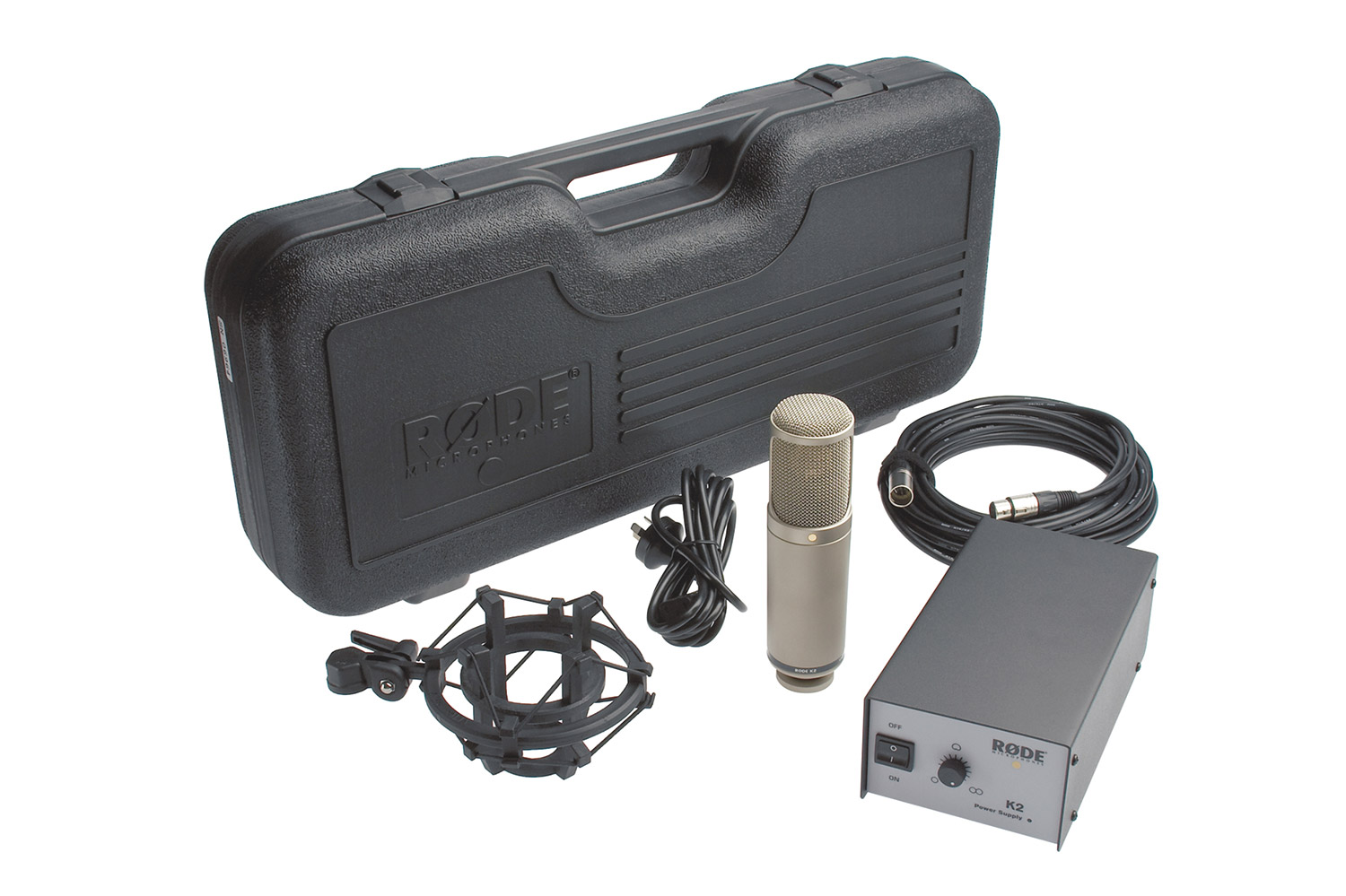


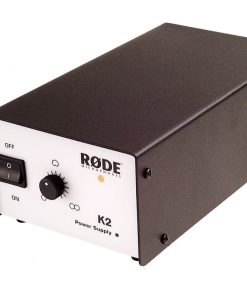



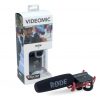
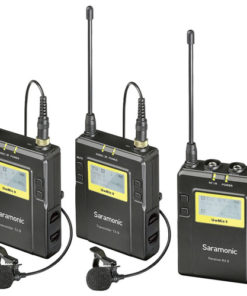
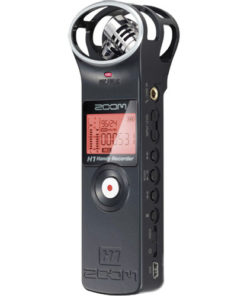
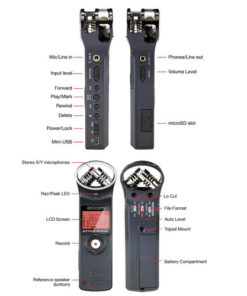
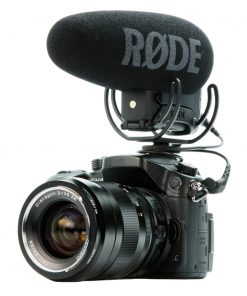
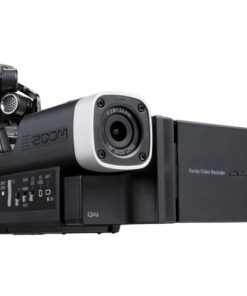

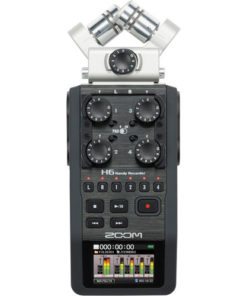

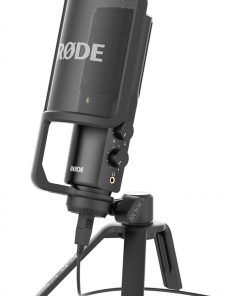
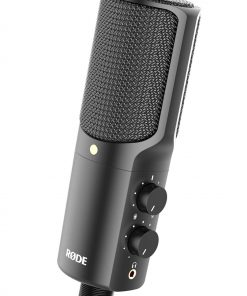
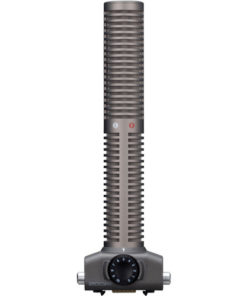
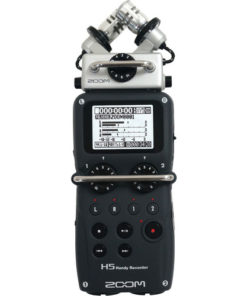
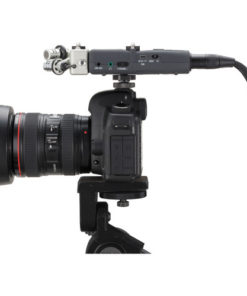
Reviews
There are no reviews yet.